A Walk through Jewish Rozalimas
Chapters: 1 2 3 4 5 6 7 8 9 names
Chapter 1
(with references to Rozalimas streetmap from 1940)
It happened that Jewish families settled even in a small village like Rozalimas, from 1707 on and very soon they had built a synagogue in the centre of Rozalimas.
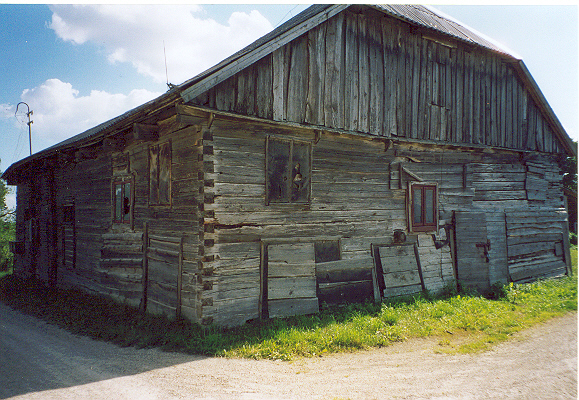 the
synagogue (in 1996)
the
synagogue (in 1996)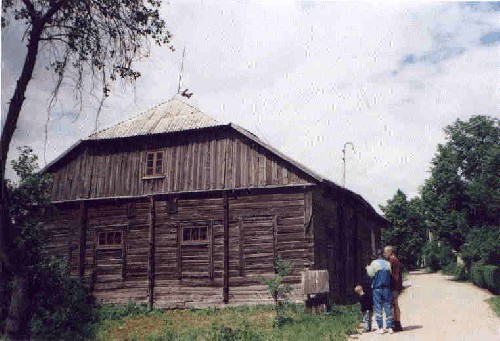 id.
id.
This
synagogue was made of wood and painted in different colours (red and
yellow).

Two photos of today's (1996) interior of the synagogue (by courtesy of the Center for Jewish Art)

The rabbi is
a scholarly person who has studied the Hebrew language, the Torah, the
commentaries on the Torah and all kinds of other subjects concerning
Judaism. He is the spiritual leader of his community and a guardian of
Jewish traditions. He receives his education at the so-called jesjiwa. At the end of the 18th century a lot of jesjiwaís
were established in Lithuania, after the death of the famous scholar the
Gaon of Vilna(1797)whose ideas influenced Judaism all over the
world. His real name was Elijahoe Ben Shlomo
Zalman.
The names of the rabbis of Rozalimas were: R.Nachum Sahr(Sher) (who served also in Daug, near Alytus), Yehekel Zussman Brudno (who died in 1923) and R.Eliezer Goldberg. The latter was the last rabbi of Rozalimas. Itís a pity, I donít have any more names of rabbis resident in Rozalimas.
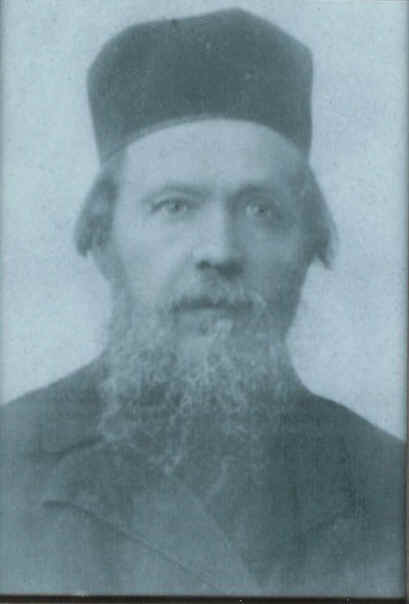 rabbi
Yehekel (Ezekutiel) Zussman Brudno
rabbi
Yehekel (Ezekutiel) Zussman Brudno 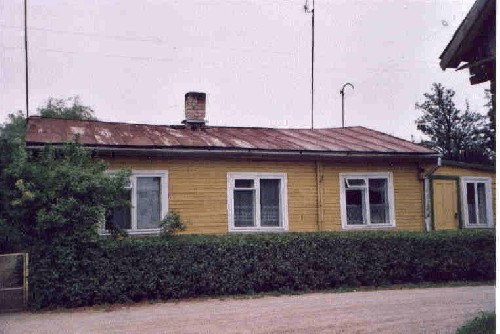 house of
the rabbi
house of
the rabbi The
house of the rabbi and his family was almost opposite the synagogue. I
didn't hear from the eye-witnesses if he and his family were in
Rozalimas in 1941.
Next to the house of the rabbi was the Jewish school, where the Jewish children (from + 4-12 years old) were taught the Hebrew alphabet, the Hebrew language and parts of the Torah(the five books of Moses).This teaching took place on Sundays and was done by the rabbi and the teacher Fiskis.
 the
Jewish school
the
Jewish school 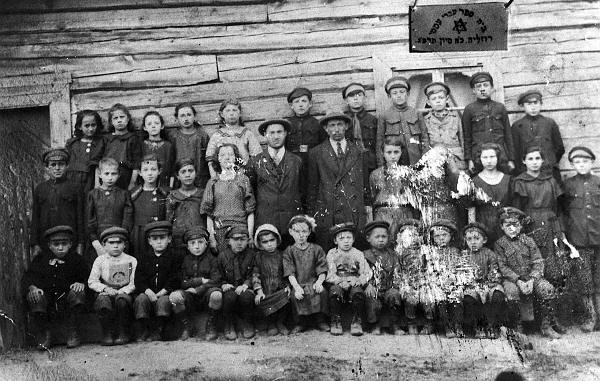 Rozalimas, 1923
Rozalimas, 1923pupils at Hebrew school with teacher Mr Beber *)
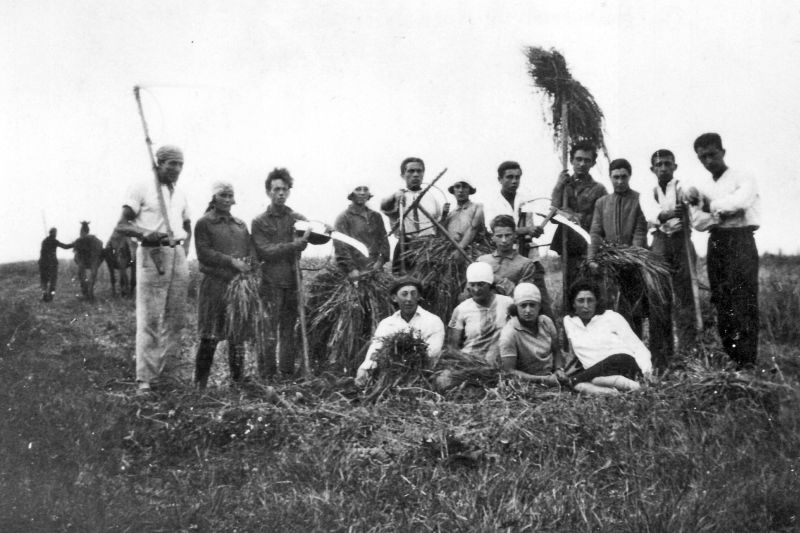 the Hachshara group from Rozalimas
*)
the Hachshara group from Rozalimas
*)
Hachshara= a training period in which you could learn how to become a farmer
Courtesy of Naomi Musiker, and scanned by Barry Mann and Maurice Skikne.